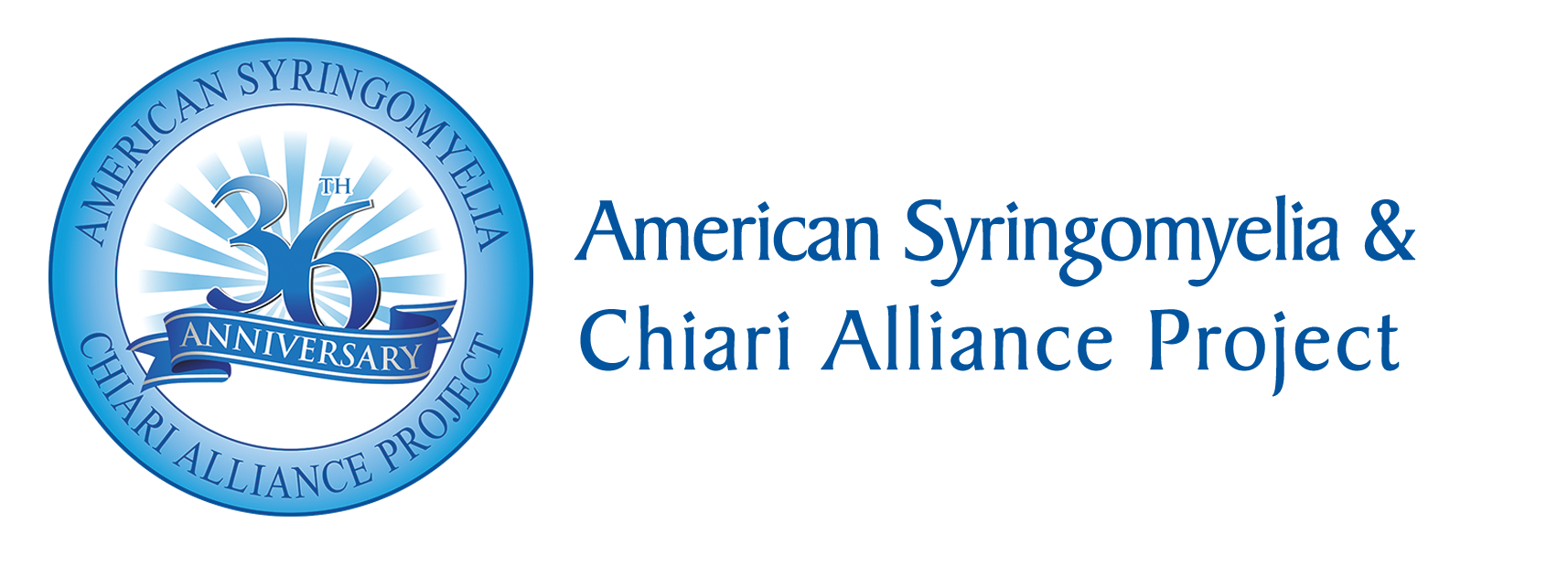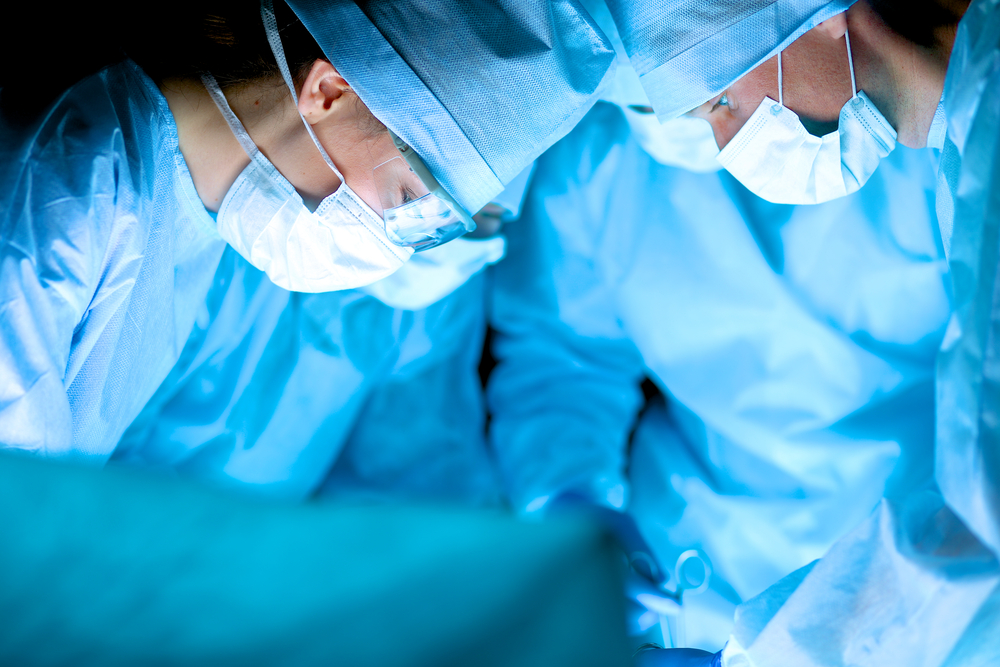Long-term outcomes of Posterior fossa decompression for Chiari malformation type 1: which patients are most prone to failure?
The role of an osseous-only posterior fossa decompression (PFD) for Chiari malformation type 1 (CM1) remains controversial. A team of doctors from George Washington University and Children’s National Hospital reviewed long-term outcomes for patients with CM1 undergoing a PFD to evaluate if there was any difference for failure when compared to patients undergoing a PFD with duraplasty (PFDD).
Consecutive patients surgically treated at a single tertiary pediatric neurosurgery clinic over a 25-year period with at least 5 years of follow-up were evaluated. PFD patients were compared to those that initially received a PFDD. Demographics, surgical indications and surgical approach, outcomes and complication were reviewed.
A total of 60 patients were included in the study of which 25 underwent PFD and 35 underwent PFDD. The average age at surgery was 7.41 years which included children from under one year to 18 years. Those who received a PFD had a lower rate of radiographic syrinx improvement, especially in the setting of holocord syringes. Failure rate was significantly higher in the PFD group. However, complications were slightly higher in PFDD group.
In conclusion the study supports that posterior fossa decompression provides a safe treatment option with similar clinical improvements and lower post-operative complication rate compared to posterior fossa decompression with duraplasty, albeit at the cost of a greater chance of reoperation, especially in the setting of a holocord syrinx. Patients with a holocord syrinx should be considered for a PFDD as their initial procedure.
The authors received financial support from the American Syringomyelia and Chiari Alliance Project, (ASAP) for the clinical research at Children’s National Hospital.
[Article published in Child’s Nervous System (2021) 37:2891-2898
https://doi.org/10.1007/s00381-021005280-y]

